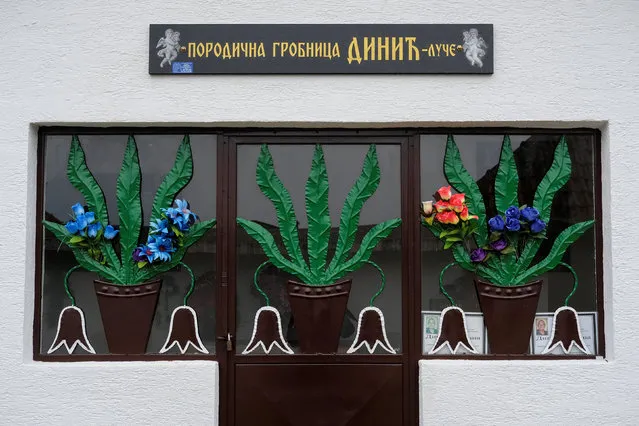
Entrance of a chapel is seen at a cemetery in the village of Smoljinac, Serbia, October 27, 2016. From a distance, the cemetery in the eastern Serbian village of Smoljinac looks like a residential neighbourhood eerily placed among graves. But once inside the grounds, after passing a section with the usual stone slabs, visitors find rows of small bungalows painted in pastel colours. They have one or two rooms, large windows and ornate plaques – some inside, some outside – memorialising the deceased. These are the burial chapels of Smoljinac, cosy cabins with a furnished room inside, a storage place for wreaths and funeral paraphernalia, and the family crypt below. Some even have electric power inside. “We need a roof above our heads to sit down and have a coffee when we visit our dead”, said one woman who refused to identify herself. The cost of such a structure varies, but it is around 4,000 euros ($4,372.40) on average. No construction permit is sought from the municipality. Most people refused to be interviewed, fearing authorities could take legal steps against them, including demolition of the chapels. “It depends on what the customer wants”, said a grave digger. “A common family-size crypt is around 800 euros ... big chapels cost a lot of money”. The Serbian Orthodox Church mostly turns a blind eye to the conspicuous chapels since many owners are also big benefactors. Near the entrance to the cemetery are the graves of the poorer folks of the town, marked by simple slabs of rock on the grass. (Photo by Marko Djurica/Reuters)
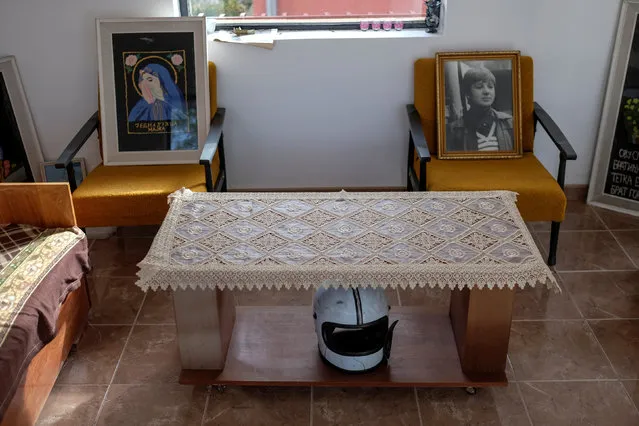
A motorcycle helmet is seen inside a chapel at a cemetery in the village of Smoljinac, Serbia, October 25, 2016. (Photo by Marko Djurica/Reuters)
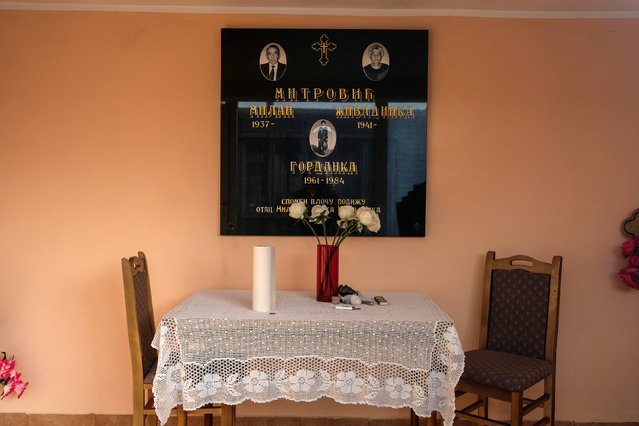
Pictures of deceased people are seen inside a chapel at a cemetery in the village of Smoljinac, Serbia, October 25, 2016. (Photo by Marko Djurica/Reuters)
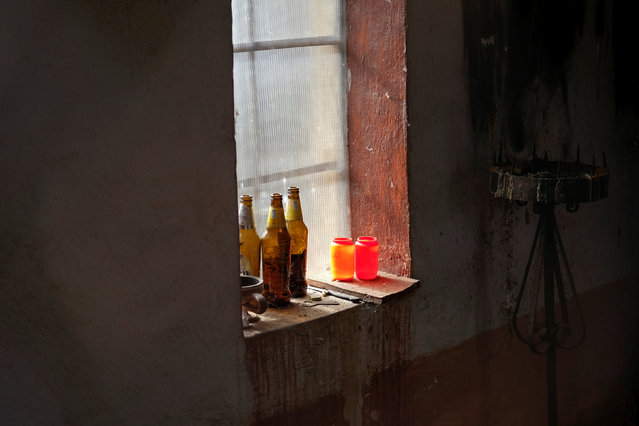
Empty bottles of beer are seen inside a chapel at a cemetery in the village of Sapine, Serbia, October 25, 2016. (Photo by Marko Djurica/Reuters)
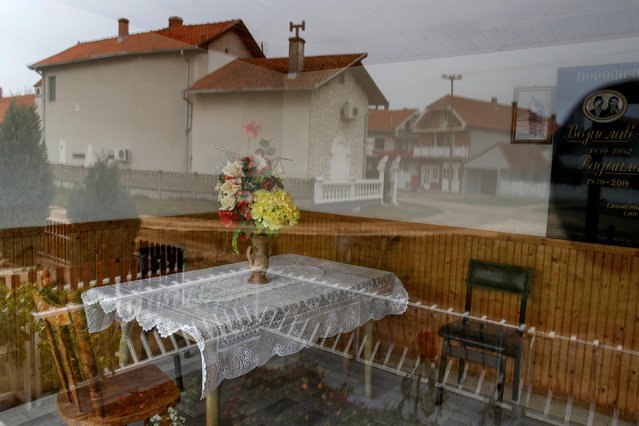
A table and chairs are seen inside a chapel at a cemetery in the village of Smoljinac, Serbia, October 27, 2016. (Photo by Marko Djurica/Reuters)

An unfinished chapel is seen at a cemetery in the village of Sapine, Serbia, October 25, 2016. (Photo by Marko Djurica/Reuters)
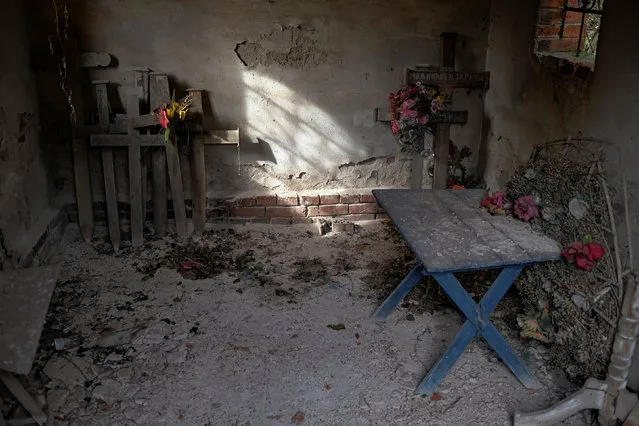
Old crosses are seen inside a chapel at a cemetery in the village of Sapine, Serbia, October 25, 2016. (Photo by Marko Djurica/Reuters)
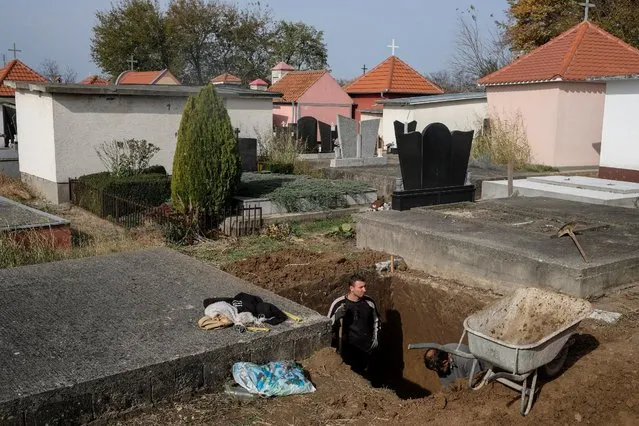
Gravediggers work at a cemetery in the village of Smoljinac, Serbia, October 25, 2016. (Photo by Marko Djurica/Reuters)
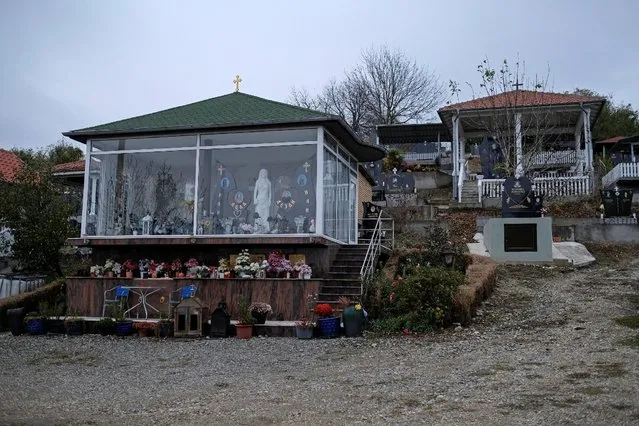
Chapels are seen at a cemetery in the village of Trnovce, Serbia, October 27, 2016. (Photo by Marko Djurica/Reuters)
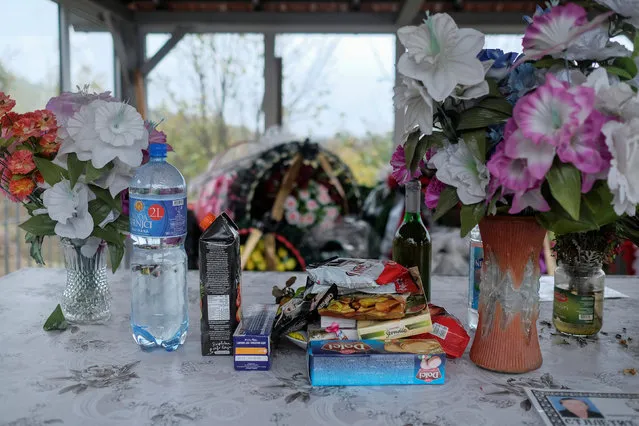
Flowers are placed on a table inside a chapel at a cemetery in the village of Trnovce, Serbia, October 27, 2016. (Photo by Marko Djurica/Reuters)
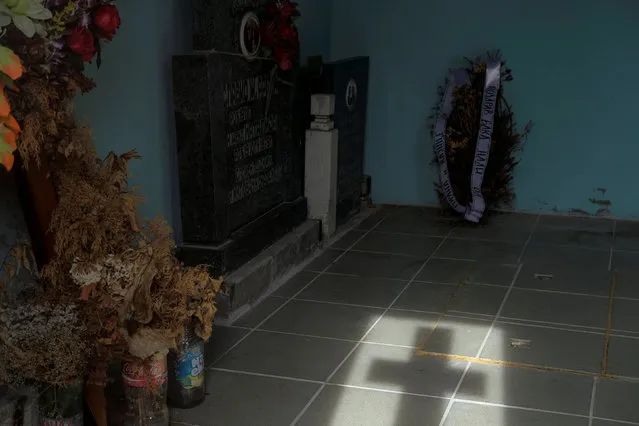
A cross casts a shadow inside a chapel at a cemetery in the village of Sapine, Serbia, October 25, 2016. (Photo by Marko Djurica/Reuters)
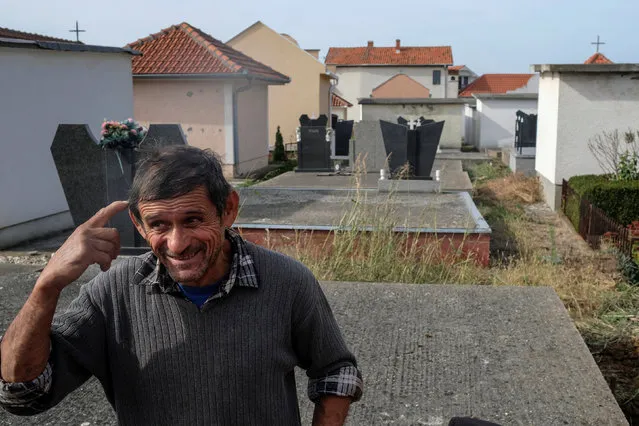
A gravedigger reacts at a cemetery in the village of Smoljinac, Serbia, October 25, 2016. (Photo by Marko Djurica/Reuters)
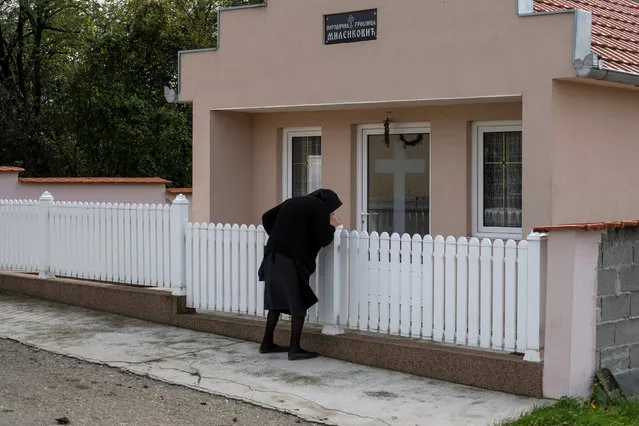
A woman kisses a fence in front of a chapel at a cemetery in the village of Sapine, Serbia, October 25, 2016. (Photo by Marko Djurica/Reuters)
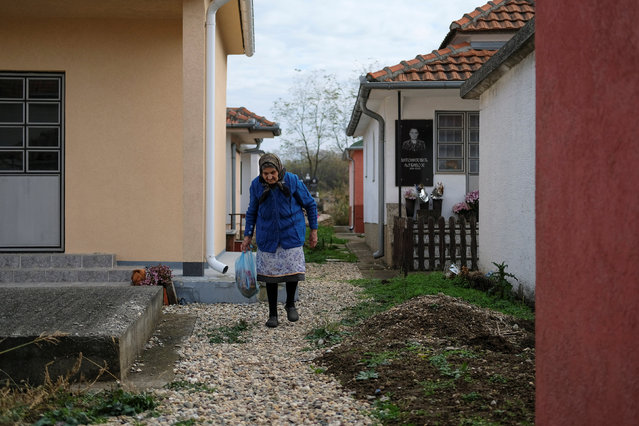
A woman walks past chapels at a cemetery in the village of Smoljinac, Serbia, November 5, 2016. (Photo by Marko Djurica/Reuters)
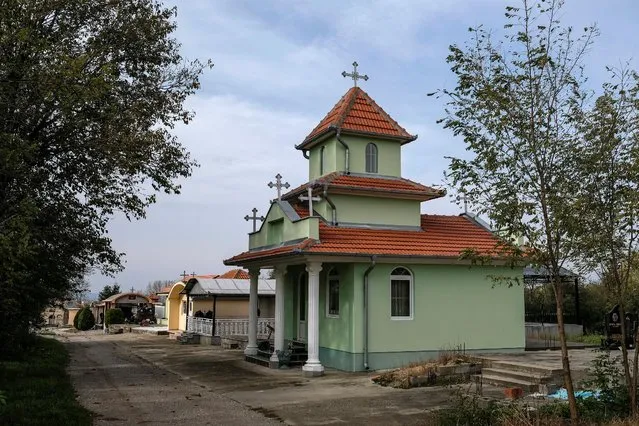
Chapels are seen at a cemetery in the village of Sapine, Serbia, October 25, 2016. (Photo by Marko Djurica/Reuters)
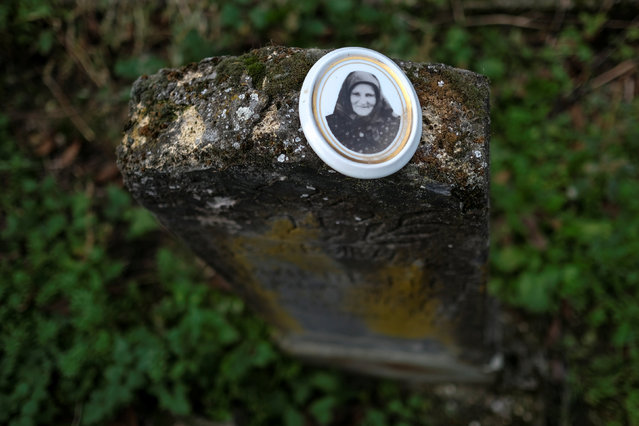
A picture of a deceased woman is seen on an old grave at a cemetery in the village of Sapine, Serbia, October 25, 2016. (Photo by Marko Djurica/Reuters)
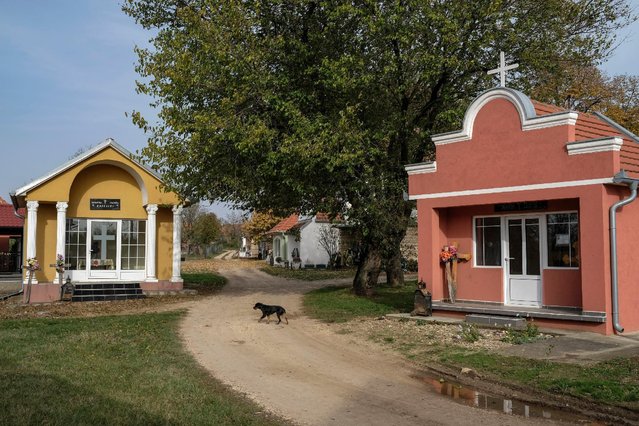
A dog walks past chapels at a cemetery in the village of Smoljinac, Serbia, October 25, 2016. (Photo by Marko Djurica/Reuters)
12 Nov 2016 10:37:00,
post received
0 comments
